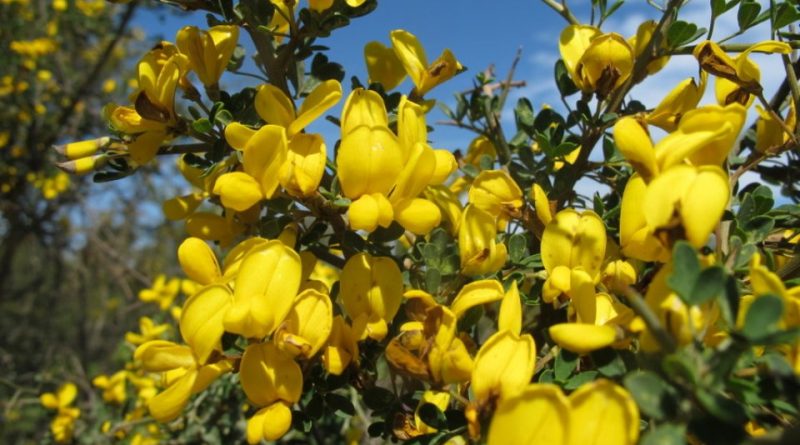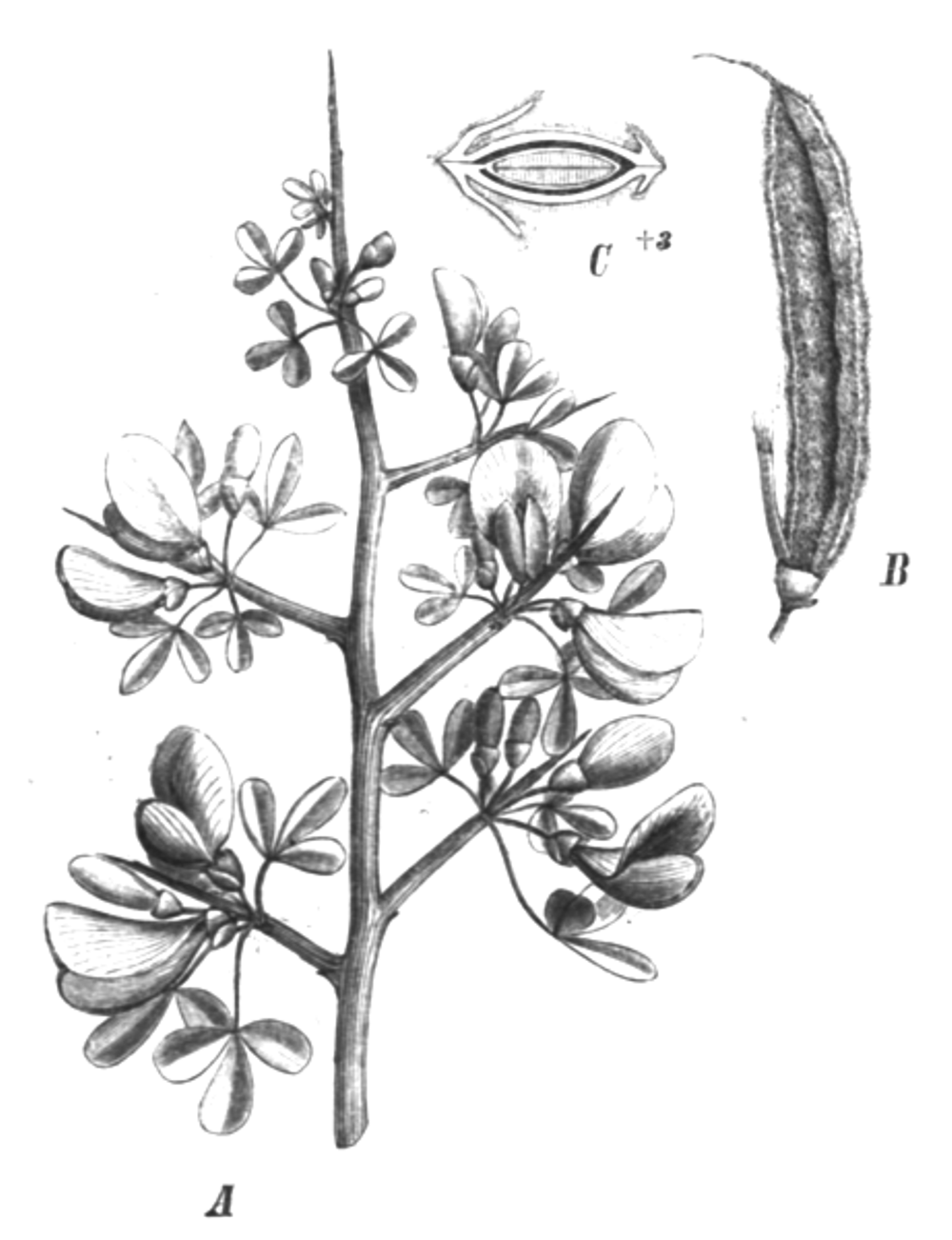Calicotome villosa
Calicotome villosa
Hairy thorny broom (Calicotome villosa (Poir.) Link) is a shrub species belonging to the Fabaceae family.
Systematics –
From the systematic point of view it belongs to the Eukaryota Domain, United Plantae, Magnoliophyta Division, Magnoliopsida Class, Fabales Order, Fabaceae Family, Faboideae Subfamily, Genisteae Tribe and then to the Calicotome Genus and to the C. villosa Species.
The terms are synonymous:
Cytisus laniger DC., Cytisus spinosus (L.) Lam, Spartium lanigerum Desf., Nom. illeg., Spartium villosum Poir. and Spartium laniger Desf ..
Etymology –
The term Calicotome comes from the Greek κάλυξ, υκοϛ cályx, -ykos calyx, casing and τομή tomé section, cut: cut calyx, reference to the calyx which is divided in two to the anthesis.
The specific epithet villosa comes from the Latin víllus pelame or from véllus lana tosata: endowed with a garment of long hairs.
Geographical Distribution and Habitat –
Hairy thorny broom is a typical plant of garrigue and Mediterranean scrub, where it grows in consociation with mastic, olive and phillyrea, especially along the sunny slopes and in degraded spots on acid substrate.
In Italy it is a common species in the coasts from Tuscany to Calabria, Basilicata and Puglia, Sicily, Sardinia, Corsica and smaller islands, where it grows in the range between 0 and 1200 m s.l.m ..
Description –
Calicotome villosa is a shrub species that can grow up to 1–2 m in height.
It is recognized by its spinescent branches which are striated longitudinally, with acute divergent thorns, white-pubescent at the apex.
The leaves are white-Argentine in the lower part and subglabre in the upper one, with 3 obcuneate segments (1-2 X 4-6 mm).
The flowers are generally collected in bundles of 2-15, with a peduncle of 5-6 mm, and a white-siliceous calyx. Teeth calicini antesi caduchi, so that the calyx appears reduced to the only truncated tube (2-3 mm). The corolla is yellow 10-14 mm, a flag up to 8 mm wide, bidentate briefly at the apex.
The flowering period is between March and June.
The fruits are legumes 5–6 mm wide and 30 mm long, villous due to elongated white hairs and sub-patches, with two wings up to 2 mm wide at the ventral suture, often not blackening with desiccation, with 4-5 ovate-elliptic seeds, yellow .
Cultivation –
The Hairy thorny broom, as for other brooms, prefers sunny positions and does not fear drought, even if prolonged. It is a plant suitable for Mediterranean rock gardens, with porous and sandy soil, completely devoid of water stagnation, which can quickly cause the death of plants. It also prefers soil tending to an acid pH.
Although it can easily tolerate drought, it is advisable to water it regularly to have a continuous flowering, but wait for the soil to dry perfectly between two waterings. The species and varieties with poorly branched stems, tend with time to lignify in the lower part, suspending the blooms, for this reason it is not recommended to prune the plants at the beginning of autumn, leaving them at about 25-35 cm from the earth, so as to favor the development of more compact shrubs.
Uses and Traditions –
The Calicotome villosa is a broom that after the passage of fires tends to form intricate agglomerates which, due to the copious presence of thorny branches, are difficult and painful to cross.
This species lends itself to ornamental cultivation especially in arid environments and in rocky gardens, especially for the density and richness of the flowers.
From this plant it is possible to obtain an excellent burning material that burns with intense flame; in the past with the bundled branches the chimneys were cleaned and, when the bread was still cooked in wood, they became bundles to sell to the bakers.
Preparation Mode –
Hairy thorny broom is a species that has no particular uses from a food or pharmaceutical point of view.
Guido Bissanti
Sources
– Acta Plantarum – Flora of the Italian Regions.
– Wikipedia, the free encyclopedia.
– Treben M., 2000. Health from the Pharmacy of the Lord, Advice and experiences with medicinal herbs, Ennsthaler Editore
– Pignatti S., 1982. Flora of Italy, Edagricole, Bologna.
– Conti F., Abbate G., Alessandrini A., Blasi C. (edited by), 2005. An annotated checklist of the Italian vascular flora, Palombi Editore.
Attention: Pharmaceutical applications and food uses are indicated for informational purposes only, do not in any way represent a medical prescription; therefore no responsibility is assumed for their use for curative, aesthetic or food purposes.


